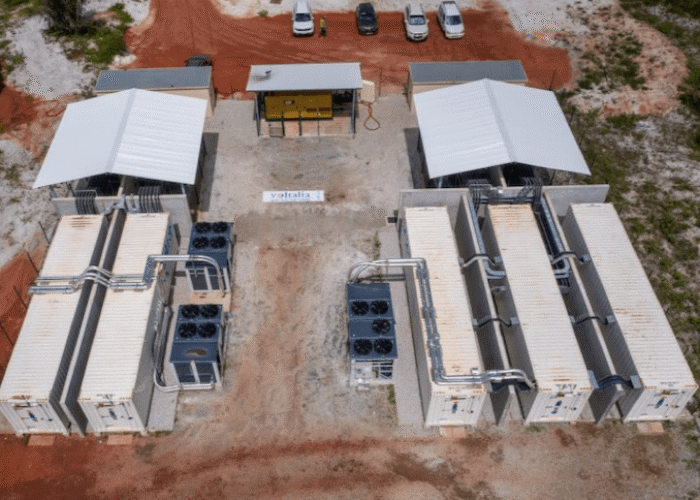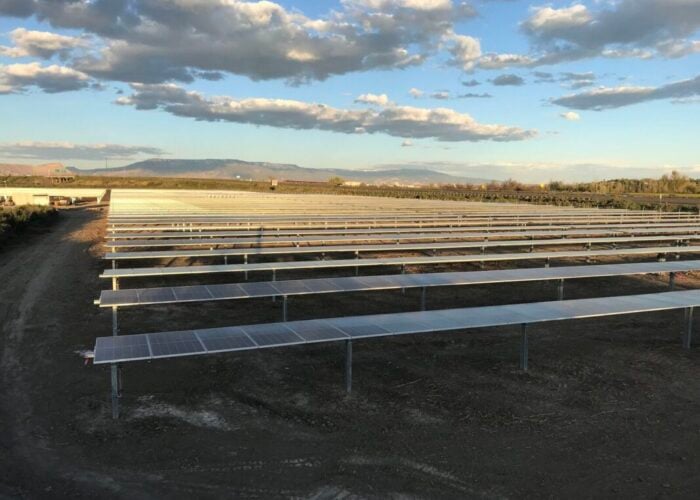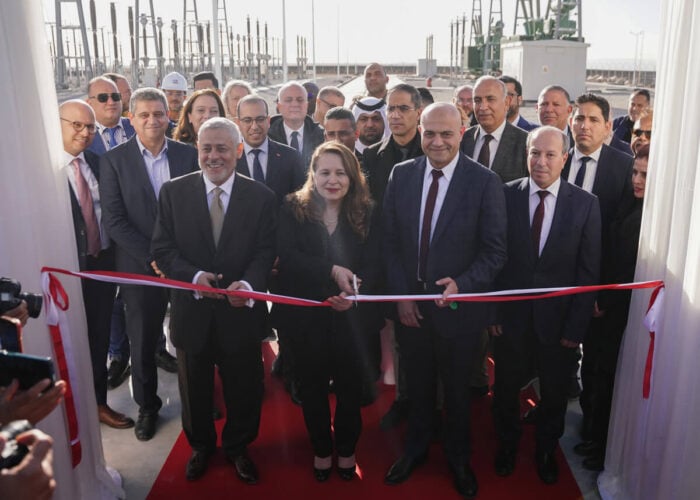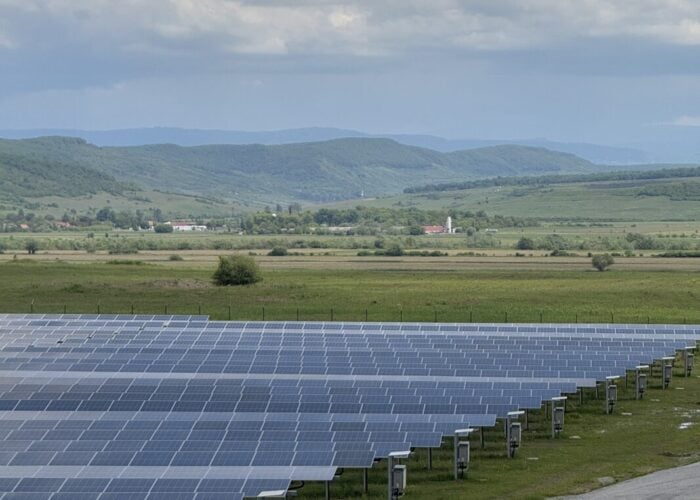Both PV microinverter and power optimiser demand are expected to continue to grow rapidly, according to the latest market research report from IHS Technology.
Collectively known as module-level power electronics (MLPE), this segment of the market is expected to see a compound annual growth rate of 27%, reaching revenue of US$1.1 billion in 2018 and equivalent to 6.6GW in 2018.
Try Premium for just $1
- Full premium access for the first month at only $1
- Converts to an annual rate after 30 days unless cancelled
- Cancel anytime during the trial period
Premium Benefits
- Expert industry analysis and interviews
- Digital access to PV Tech Power journal
- Exclusive event discounts
Or get the full Premium subscription right away
Or continue reading this article for free
The MLPE market was said to be worth US$329 million in 2013.
“Demand for MLPE has been driven by key markets such as the United States, the United Kingdom and Australia,” said Cormac Gilligan, senior analyst for solar inverters at IHS. “The market has grown to more than US$300 million in size, despite continued price pressure due to new entrants into the business and decreasing PV system prices. Future demand for microinverters and power optimisers is expected to be spurred by continued acceptance in mature European PV markets, such as Germany and France. However, some of the major Asian markets, like Japan and China, will generate huge opportunity in the next few years as MLPE technology begins to penetrate these markets in larger volumes.”
The US is currently the largest market for MLPE, driven by first-mover, Enphase Energy, which was the top inverter supplier in the Americas in 2013, with 42.2% share of revenue in the single-phase PV inverter segment.
According to IHS, microinverters are expected to penetrate the commercial rooftop market in US in increasing numbers through 2018, helping to retain the US as the biggest market for the technology.
However, the microinverter market in the US has shown signs of saturation, according to IHS but the region was also said to be one of the fastest-growing markets for power optimisers with shipments forecast to increase by 160% in 2014.
Key suppliers such as SolarEdge, Tigo and Ampt, were said to increase shipments in the US in 2014, and onwards.
Japan could also become a key market for MLPE technology. IHS expects that the penetration rate will increase dramatically to 7% of total installations in 2018, having come from a very low penetration rate up until now.
A catalyst in Japan could be microinverter suppliers obtaining Japan Electrical Safety & Environment Technology Laboratories (JET) certification, which IHS could happen in the near future.
“There still will be some challenges for microinverter suppliers, even if they gain JET certification in the Japanese market,” Gilligan noted. “There is a huge preference for local brands in this market, and inverters or microinverters would normally be sold in kits to residential owners via the module manufacturer. As a result, developing strong partnerships with module suppliers will be paramount in Japan.”
Fierce competition
Like the conventional PV string inverter market, MLPE technology has a relatively low barrier to entry and new entrants continue to emerge.
Leading inverter suppliers, such as Kaco and Delta, have released new microinverter models recently, while Maxim Integrated have recently developed partnerships with module suppliers for its power optimiser.
“Traditional inverter suppliers have been cautious to date in entering the microinverter market. But as the market has matured, an increasing number have moved in by acquiring a pure-play microinverter supplier or by designing in-house,” Gilligan said.
IHS expects the competitive landscape to intensify and put increased pressure on pricing, helping market adoption.






